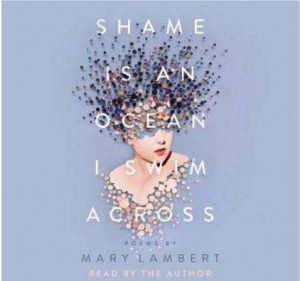
About two months ago, I was on a hunt for a spiritual awakening! So, obviously I took to the social media to hunt for the best books that would teach me. I found a variety of books such as The Alchemist by Paulo Coelho, The Power of Now by Eckhart Tolle, The Untethered Soul by Michael A. Singer. However, the book that caught my interest the most was The Seven Spiritual Laws of Success by Deepak Chopra.
This book is described as, “a practical guide to the fulfillment of your dreams.” I can tell you right now it is such more! Each chapter is a law that you need in order to live a life of success. However, to me they are more like golden keys that unlocks the door of growth. Even though the book only has seven chapters it is filled with so much knowledgeable information. So, instead of reviewing the entire book, every month I will review a new chapter and how I am applying it to my life.
The first chapter is titled, The law of pure potentiality. Chopra explains, very thoroughly I may add, how humans are pure consciousness meaning we basically have endless possibilities. He dives into the Self which is our own spirit and our own experience. This is a key I learned: Our Self is absent of ego. Ego is overall the bad side of you. You know the one that is obsessed with attention and other people’s approval. We will never reach success if our ego consumes our soul. Here are some quotes that I highlighted in this chapter:
“When you discover your essential nature and know who you really are, in that knowing itself is the ability to fulfill any dream you have, because you are the eternal possibility, the immeasurable potential of all that was, is, and will be.”
“In object-referral we are always influenced by objects outside the Self, which include situations, circumstances, people, and things. In object-referral we are constantly seeking the approval of others. Our thinking and our behaviour are always in anticipation of a response. It is therefore fear-based.”
This quote stuck with me deeply because I understood how pointless it is to be bothered by things that have nothing to do with me. Also, I realized I need to stop trying to control things. That is unnecessary stress upon my life. Control is just an illusion, it does not exist.
“When we experience the power of the Self, there is an absence of fear, there is no compulsion to control, and no struggle for approval or external power.”
“In self-referral, you experience your true being, which is unfearful of any challenge, has respect for all people, and feels beneath no one. Self-power is therefore true power.”
This is so important to learn and to study! Self-power is the true power and ego-power is temporary. Money, a high status, rewards, and fame is all temporary. Why do strive to have those things when they are all disposable?
“Wherever you go in the midst of movement and activity, carry your stillness within you. Then the chaotic movement around you will never overshadow your access to the reservoir of creativity, the field of pure potentiality.”
Carrying my stillness with me is something I have to practice to master. I often let my surroundings influence me when it becomes too much. But I feel like if I can carry my peace with me and let that influence me instead my life would be so much calmer.
Each chapter has steps you could do in life to apply the seven laws of success. For this chapter it’s meditating twice a day. Sit in silence and observe the nature of living. Lastly, practicing non-judgement. “I will begin my day with the statement, ‘Today, I shall judge nothing that occurs.'”
To be honest I try to meditate at least once a week. I believe if I made time to meditate twice a day I will have a more peaceful life. However, I get distracted easily because there is not a peaceful place I can meditate at on campus. There I go again making unnecessary excuses. You make time for what you want!
I may be slacking with meditation but I do sit in silence at least once a day. I recommend this to everyone. You experience things you would normal miss about nature. I do not have to always listen to music in fact I work better with no distractions. Mr. Chopra knew what he was writing when he suggested this step!
Stating I will not judge anyone in the morning is a reminder that I am not perfect and in no place to judge anyone. It is very humbling experience to check myself before others. My friends always joke when we catch ourselves talking too much mess we say, “You in her business… don’t do that?” To me that is the same thing as reminding myself not to judge lol.
This is a picture that I feel correlates the best to the law of pure potentiality. To me the woman in the bubble is in her own world which represents self-referral. The hand also represents self-power.

The next chapter is titled the law of giving. Tune in next month for an update!



